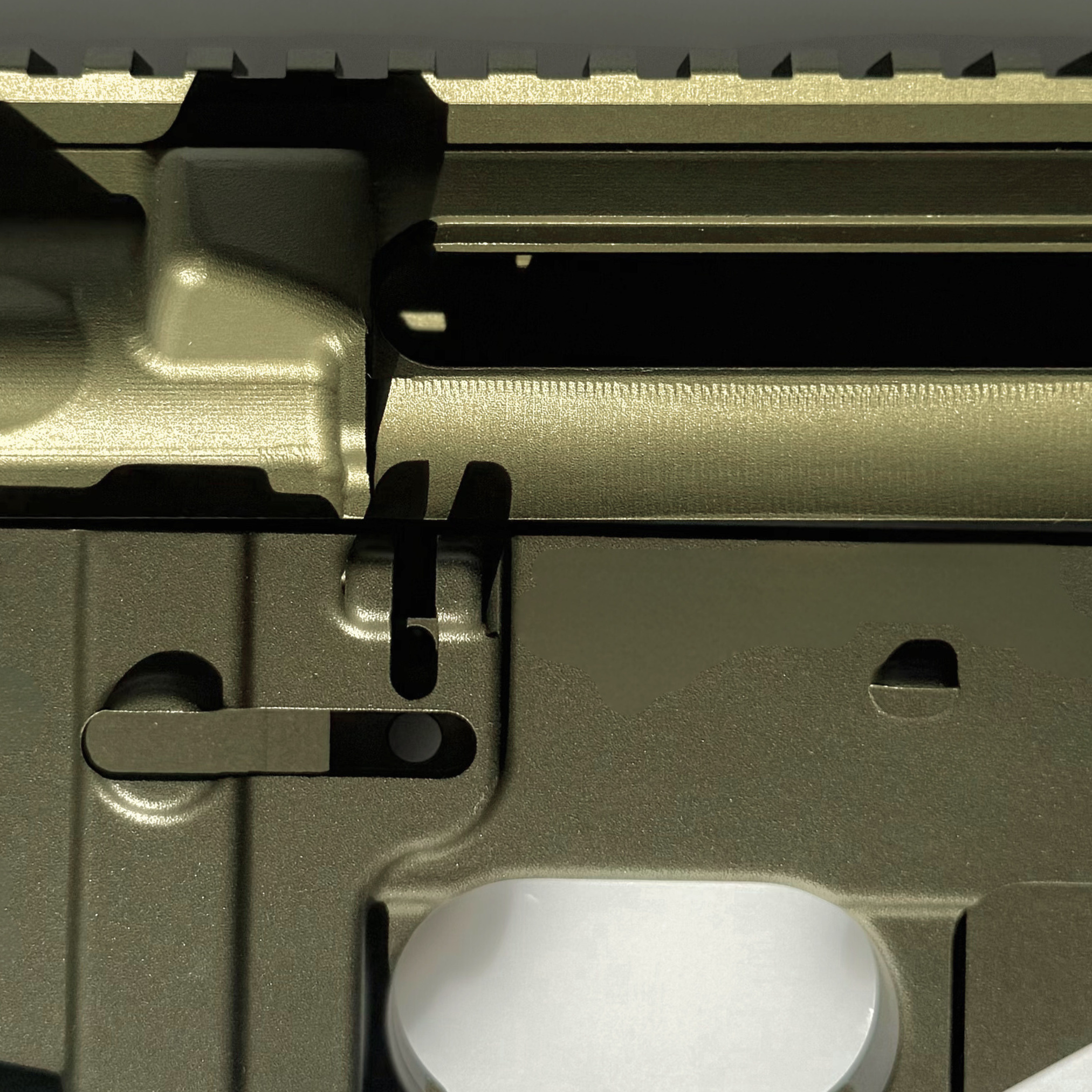AQUEOUS CLEANING
WHAT IS AQUEOUS CLEANING?
Aqueous cleaning is a water-based part cleaning method that uses chemistry, temperature, agitation, and rinsing to remove oils, greases, particulates, and residues from metal, plastic, and composite parts. Unlike solvent-based cleaning, it’s more environmentally friendly, safer for operators, and effective on both precision and high-volume parts.
-
Environmentally Safer: No harsh solvents or hazardous emissions
Cost-Effective: Scalable for high-volume production
Versatile: Compatible with a wide range of materials and part sizes
Thorough: Removes oils, chips, coolants, and contaminants without damaging parts
Post-Clean Ready: Parts are clean and residue-free for coating, bonding, or further processing
-
Aqueous cleaning provides the balance of volume efficiency, regulatory compliance, and dependable results manufacturers expect. In industries where part performance depends on surface cleanliness, whether for bonding, coating, or assembly —cutting corners on cleaning isn't an option.
Arrow Finishing uses high-performance aqueous systems engineered for throughput without compromising quality.
-
Aqueous Cleaning
Water-based process using heat, detergents, and mechanical agitation
Ideal for large, durable parts or high-volume production
Suitable for removing oils, chips, coolant, and light particulates
Best for: Aerospace, Automotive, General Manufacturing
Materials: Steel, aluminum, plastics, composites
Part size: Medium to large with simple to moderate geometries
Ultrasonic Cleaning
Uses high-frequency sound waves to create cavitation bubbles in liquid
Ideal for delicate, intricate, or complex-shaped parts
Reaches into tight crevices, blind holes, and internal passages
Best for: Medical Devices, Aerospace, Semiconductor
Materials: Stainless steel, titanium, glass, ceramics
Part size: Small to mid-sized, precision-critical components
Degreasing (Solvent or Vapor Degreasing)
Uses solvent-based systems to dissolve and lift oils, waxes, and heavy grease
Often used as a pre-cleaning step or for very oily components
Fast and effective on surfaces not sensitive to solvents
Best for: Automotive, Tooling, Heavy Equipment, Defense
Materials: Metals only (not plastic-safe unless specified)
Part size: Varies, but most effective on simple external surfaces














